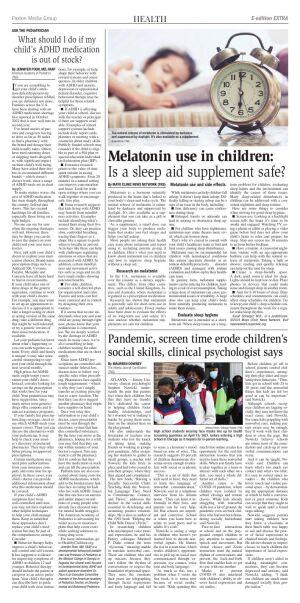When it comes to post-disaster recovery, a commonly overlooked area is confirming you have adequate coverage for your home and other property.
State Farm agent Chase Young, in Simpsonville, shared some valuable insight on how insurance policies can protect your home in the event of loss due to a storm or other disaster.
“In regards to disasters, we have had one of the craziest years for Kentucky in recent memory; ranging from windstorms, pop up thunderstorms, tornados and even excessive heat warnings,” said Young. “You can never be prepared enough, so lean on your insurance agency and agents to help guide you if you are impacted.
“Also, as we are wrapping up the summer and storms… this is a perfect time to reach out to your insurance agent to review your policy and make sure you are aware of your coverage, deductibles and other policy protections.”
Young’s advice mirrors the recommendation of most financial professionals, who suggest reviewing your coverage with your insurance agent at least annually, to confirm your needs have not changed and to help identify any areas of needed coverage you may be missing within your existing policies.
Additionally, while carrying adequate coverage protects the monetary value of your property and possessions, Young also gave suggestions on how to mitigate damage after an unexpected loss.
“First thing I would do in the event of a disaster is mitigate the damage as best as you can,” Young said. “There are numerous roofers and contractors in the community that can assist with this initial mitigation. Next would be to reach out to your insurance agent. They can help talk through the mitigation process in more detail, provide referrals for vendors and help you get back on your feet as quickly as possible.”
Flooding is another area of concern that affects many homes in Shelby County, as there are many flood plain areas throughout the region. Young explained flood insurance is a separate policy from your standard homeowner’s policy, so confirming that you carry this coverage is of vital importance to many homeowners.
“Most home insurance coverage does provide coverage for wind, hail, tornado, etcetera,” Young said. “But most flood insurance is purchased through the federal government via the FEMA program. When you incur a covered loss, your insurance coverage will pay for anything above your deductible, subject to the policy limits.
“So again, in regards to flood insurance, this would be a separate policy from your traditional homeowners insurance that you are sometimes required to carry by your mortgage company, if you are in a flood plain or if they require it for other reasons. While flood insurance is not through your carrier directly, your insurance agent can provide guidance in purchasing and filing a claim if needed.”
The Kentucky Department of Insurance also provides some helpful tips to homeowners on their website. These tips are designed to assist homeowners to protect their investment in their home and property:
- Review your insurance policies to see if you have adequate coverage. If you’re not sure, talk to your agent or call the Kentucky Department of Insurance.
- Insurance experts suggest you contact local contractors in your area to get an idea about rebuilding costs. Also, keep in mind you may have to bring your home up to current building codes rather than just restoring it “the way it was.” Ask your agent if your policy will pay for the additional expense of bringing it up to code.
- Keep policies and other important papers together in a safe, easily accessible place.
- Inventory your personal property including model and serial numbers and purchase information. Do not overlook items you use seasonally or infrequently.
- Back up your inventory by videotaping and/or photographing each room in your house and storing this visual record outside your home.
- Make copies of insurance policies, your household inventory and other important papers and send them to a trusted friend or family member who lives outside your area.
- In your disaster supply kit, include a digital or video camera and a notebook and pens for use in documenting your losses.
- Include the phone numbers of your insurance agent, your insurance company’s local claims office and home office in your list of emergency numbers.








